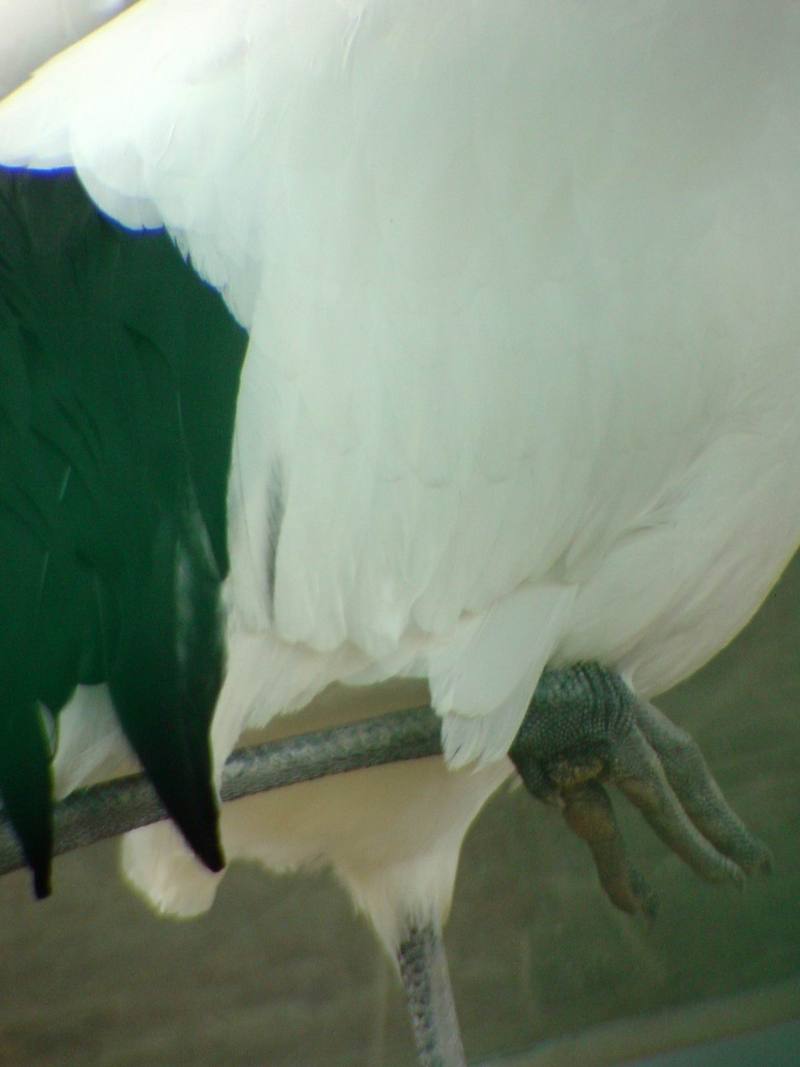| 댓글 |
|
| | 손님 |
|
 |
◈ 학은 왜 한쪽 다리로 서서 자나?
‘학’이라는 별칭에 어울리게 우아한 자태를 뽑내기로 유명한 두루미. 특히 한 쪽 다리를 들고 머리를 깃털사이에 파묻고 자는 모습은 여러가지로 신비함을 느끼게 한다. 하지만 그 고고한 자태도 결국은 치열한 생존 전략의 하나일 뿐이다.
일반적으로 새는 잠을 잘 때면 추위를 피하기 위해서 배를 지면이나 나무에 대고 머리를 등 속에 묻는 등 피부의 노출부분을 최대한 가린다. 하지만 두루미는 주로 물이 고여있는 습지에서 서식하기 때문에 웅크리고 자기가 어렵다. 그래서 택한 것이 한 쪽 다리만이라도 털 속에 묻어두는 방법이다. 이 경우 두 다리로 서는 것에 비해 체열의 손실을 줄일 수 있기 때문이다. 특히 이 때 신체를 받치고 있는 발목에는 일종의 열교환 장치가 있어서 발끝에서 냉각되어 돌아온 정맥피가 여기에서 체내로부터 나온 동맥피의 열을 받아 따뜻하게 데워진 상태로 체대로 돌아간다. 그리고 열을 방출한 동맥피는 냉각되어 발끝으로 간다. 이러한 과정이 있기에 두루미는 외부에 노출된 발도 동상에 걸리지 않는다. |
| | 손님 |
|
 |
| The Red-crowned Crane (Grus japonensis), also called the Japanese Crane and 두루미 or 학 in Korean is a large crane and is the second rarest crane in the world. In East Asia, it is known as a symbol of luck and fidelity. At 55 inches high, the crane does not make easy prey, for all that it stands out in its natural habitat of marshes and swamps. When it matures, the Red-crowned Crane is snow white with a patch of red skin on its head. This patch of skin becomes bright red when the crane becomes angry or excited. An exceptional male weighed 15 kg (33 lbs.), making this the heaviest crane on record, although large Sarus Crane are taller. |
|
|
